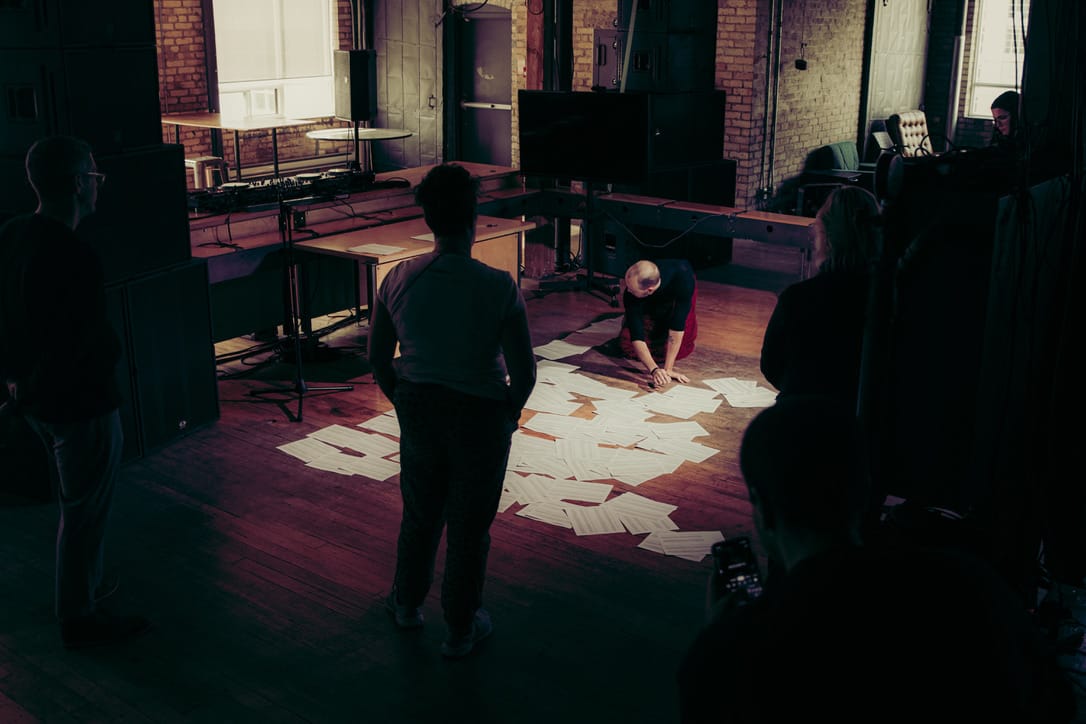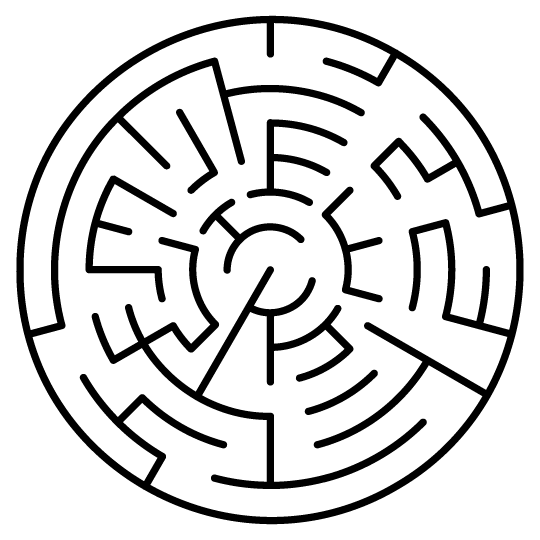Experimental Artists of Toronto: An Invitation to the Mess
EAT is a new space designed to document, promote, and support experimental art in Toronto. It provides an open-access event listing, a space for artists and others to talk about the work, and tools to increase transparency around artistic labour and funding.

EAT is a new space designed to document, promote, and support experimental art in Toronto. It provides an open-access event listing, a space for artists and others to talk about the work, and tools to increase transparency around artistic labour and funding. The site also tests new models for sustainability, including collaborative passes and structured hospitality at events. UKAI, through the support of the Canada Council for the Arts, is facilitating this initiative, but the goal is a shared resource shaped by the artists and organizers who use it.
We are dealing with increased volatility – almost daily. What kind of culture(s) will we need to make sense of live alongside ecological, political, and technological volatility? Experimental art is the prototyping space for culture that's coming and under-investment will leave us ill-equipped to deal with ongoing shocks.
Bringing experimental art and artists together is a challenge.
Experimental art refuses to stay in place. It leaks across disciplines, bends the edges of form, and disrupts the smooth surfaces of expectation. The best of it is meant to be inhabited—lived with, struggled through, left unfinished. UKAI’s work has always embraced this instability, treating art as a site of inquiry rather than resolution. Whether through prototyping new forms of collaboration, embedding artists in emerging technologies, or using aesthetic disruption to expose hidden structures of power, the goal has never been to perfect but to provoke.
Experimental art matters because it insists on a different tempo, a different way of paying attention. It resists the pressure to produce, to be legible, to be useful in ways that the market demands. It makes room for uncertainty, for failure, for the kind of disorder that reminds us that the world is still in motion.
Art doesn’t happen in a vacuum. It happens in the gaps, the overlaps, the places where things don’t quite fit. It happens in the late-night conversations where half-formed ideas bump up against practical constraints. It happens in the moments between the show and the smoke break, the studio and the side hustle. Art happens in fragments—an accumulation of gestures, obligations, experiments, and misfires that, together, constitute something like a practice.
What doesn’t happen, at least not easily, is seeing that process.
That’s what we’re trying to change.
EAT (Experimental Artists of Toronto) will be a bunch of things for at least a while. Through bi-weekly working group sessions (join the next one on February 14 or 26, 2025) we surface needs and assumptions and then find ways to test and experiment with solutions.
This page will be a way to document what’s happening in experimental art across disciplines, not by relying on external gatekeepers or institutional framing, but by making space for artists themselves to articulate their work, their influences, their failures, their concerns. It’s a storefront for event listings, a workspace for collective thinking, a site for testing new models of sustainability. It’s a place where experimental art—often fragmented and ephemeral—can be recorded, discussed, and made more accessible without being flattened.
We don’t want to tell you what’s good. We don’t want to make the case for why experimental art is important (if you’re here, you already know). We don’t want to justify, summarize, or make palatable. Instead, we want to invite. To frame. To give context. To make it easier to step into a show or a practice that might otherwise seem opaque.
What You’ll Find Here
- Event Listings: A non-curated, classified-style list of experimental performances, exhibitions, and happenings across the city. If it’s experimental, it’s welcome.
- Artist Perspectives: Short interviews, audio snippets, and personal essays by artists about their own work. No reviewers, no taste-makers—just artists articulating their practice on their own terms.
- Labelling for Art: A prototype system that documents the labour, money, and resources that go into making experimental art, supporting more transparent PWYC/PWYW models.
- Collaborative Prototyping: Testing new ways of supporting artists and audiences—from structured hospitality at events to class pass models that bundle shows and encourage cross-disciplinary engagement.
Who’s Behind This?
This is a shared effort, driven by artists, organizers, and collaborators across disciplines. If you want to contribute, list an event, or propose an experiment, reach out. There’s no editorial barrier to entry—just a willingness to share.
Why Now?
Because experimental art, by its nature, resists easy classification. Because it doesn’t always fit into existing platforms for event promotion or arts writing. Because it’s increasingly difficult to sustain, to communicate, to fund. And because, if we don’t create ways to see and support the work happening around us, it gets lost.
This is an experiment. Step in.
